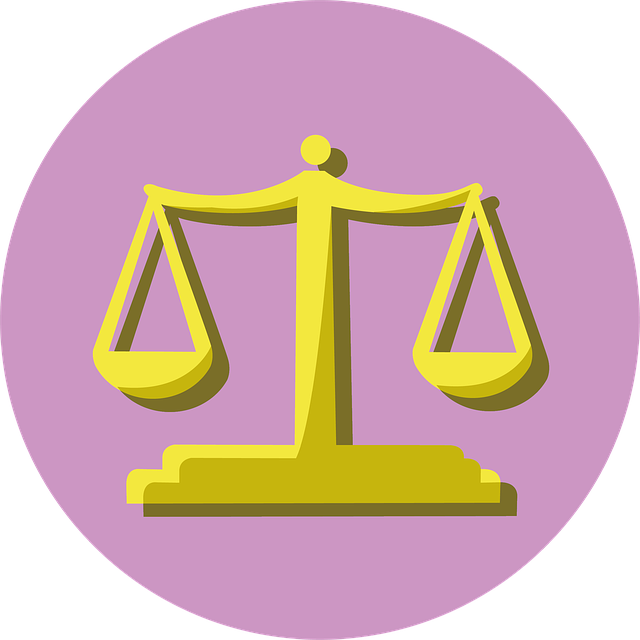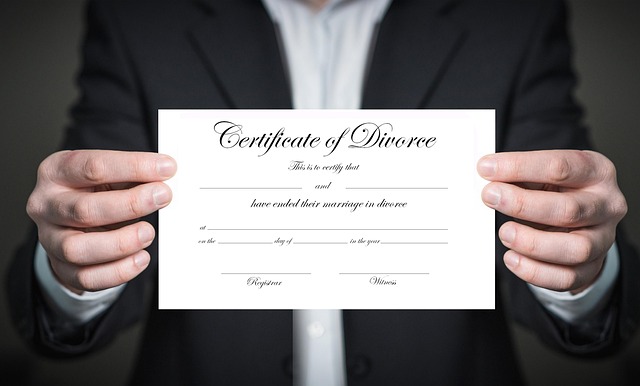Oregon's Child Welfare Court is a specialized entity dedicated to protecting vulnerable children, focusing on abuse, neglect, and dependency cases. The process begins with an assessment by the Department of Human Services (DHS), followed by a petition in court where a guardian ad litem (GAL) represents the child's best interests. Key roles include judges, social workers, attorneys, and GAL volunteers, ensuring a fair legal process. Understanding this court process is crucial for parents or guardians to actively participate, advocate, and navigate hearings, evidence presentation, and post-trial options, ultimately aiming to protect children while supporting family preservation.
“Uncovering Oregon’s Child Welfare Court: A Comprehensive Guide. This article offers an in-depth analysis of the complex yet crucial child welfare court procedures in Oregon, designed to protect and support vulnerable children. From initiating a case through step-by-step processes, exploring key players’ roles, understanding court hearings, to post-trial outcomes, this guide provides essential insights for all involved. Gain a profound understanding of the court process, enabling informed navigation within Oregon’s child welfare legal framework.”
- Understanding the Role of the Oregon Child Welfare Court
- Initiating a Child Welfare Case: Step-by-Step Process
- Key Players and Their Responsibilities in the Courtroom
- The Court Hearing: What to Expect During Proceedings
- Post-Trial Outcomes and Appeals: Navigating the Next Steps
Understanding the Role of the Oregon Child Welfare Court

Oregon’s Child Welfare Court plays a pivotal role in ensuring the safety and well-being of vulnerable children within the state. This specialized court handles cases involving child abuse, neglect, and dependency, aiming to protect minors while also working towards reunifying families when possible. Understanding the court process is essential for all involved, from parents and guardians to social workers and attorneys.
The court’s primary objective is to make decisions in the best interest of the child, balancing protection with family preservation. This involves careful consideration of evidence presented during hearings, which include testimony from various professionals such as social workers, medical experts, and therapists. By navigating this process, the court strives to create a stable and nurturing environment for children while also offering support and resources to families seeking to regain custody.
Initiating a Child Welfare Case: Step-by-Step Process

Initiating a Child Welfare case in Oregon involves a structured, yet sensitive court process designed to ensure the safety and well-being of children. The journey begins when a concerned individual or agency identifies potential risks or abuses within a family home. This could be prompted by a report from a healthcare provider, educator, neighbor, or even a direct referral from a child’s parent. Upon receipt of such reports, Oregon’s Department of Human Services (DHS) conducts an initial assessment to verify the information and determine if immediate intervention is necessary.
If the assessment confirms concerns, DHS initiates a formal case by filing a petition in court. This document outlines the allegations and specific reasons for involvement. Once filed, the court appoints a guardian ad litem (GAL) to represent the child’s best interests, ensuring their voice is heard throughout the process. After an initial hearing, where both parties present their cases, the court makes temporary decisions regarding the child’s safety and placement while the case proceeds. This step-by-step process ensures that understanding the court process is paramount for all involved, fostering transparency and accountability in Oregon’s child welfare system.
Key Players and Their Responsibilities in the Courtroom

In Oregon’s child welfare courts, several key players are involved in ensuring a just and efficient understanding court process. The judge presides over the case, making critical decisions and ensuring all procedures adhere to state laws and regulations. They are responsible for maintaining order and interpreting the law, acting as the primary arbiter of the court. Social workers play an integral role by investigating and presenting cases, gathering evidence, and testifying on behalf of the child’s best interests. Attorneys, whether representing the parents or the state, advocate for their clients’ rights while guiding them through the legal aspects of the case.
The guardian ad litem (GAL), often a trained volunteer, acts as a neutral party to protect the child’s interests. They provide the court with valuable insights into the child’s well-being and preferences. Other key figures include court reporters who document every proceeding, ensuring a complete record for future reference, and case managers who help coordinate services and support for the family involved. Understanding the roles of these individuals is essential for navigating Oregon’s child welfare court procedures.
The Court Hearing: What to Expect During Proceedings

When facing child welfare proceedings in Oregon, understanding the court process is crucial for navigating these sensitive and important hearings. The Court Hearing is a pivotal part of this process, where your case will be presented and decisions regarding the future of your child will be made.
During the hearing, various parties involved in the case, including social workers, attorneys representing you and your child, and sometimes the child themselves (if old enough), will offer testimony and evidence to support their positions. You can expect a structured environment where rules of evidence apply, ensuring fairness and allowing both sides to present their arguments. The judge will carefully consider all information presented before making decisions regarding custody, placement, and any other orders related to your child’s welfare. Understanding the court process empowers parents or guardians to actively participate, make informed choices, and advocate for their child’s best interests.
Post-Trial Outcomes and Appeals: Navigating the Next Steps

After a trial in Oregon’s child welfare court, the judge will issue a ruling based on the evidence and arguments presented. Depending on the case’s outcome, various post-trial options are available to all parties involved. If the decision goes in favor of the petitioner—whether it’s a child protective services agency or a parent seeking custody—the court may order specific actions to ensure the child’s safety and well-being. This could include placement decisions, visitation rights, or necessary services for the family.
For those dissatisfied with the result, appealing the case is an option. Understanding the court process requires navigating appeals procedures, which often involve submitting written arguments and, in some cases, attending further hearings. This stage demands careful consideration of legal grounds for appeal and adherence to strict filing deadlines. Success in an appeal can lead to a reversal of the original decision or remand for a new trial, ultimately impacting the child’s future and family dynamics.
